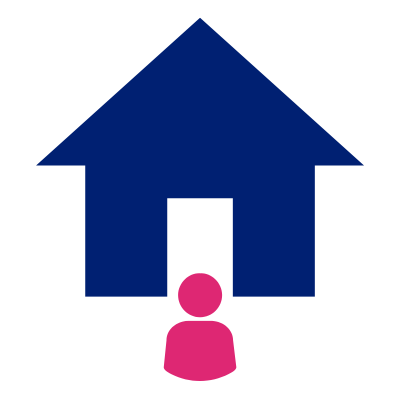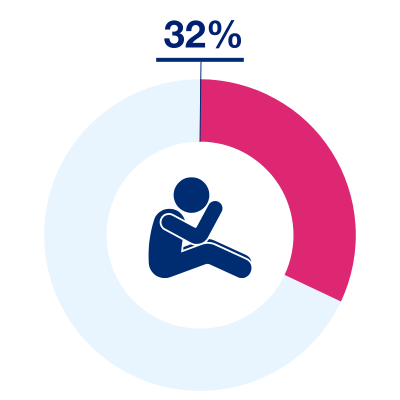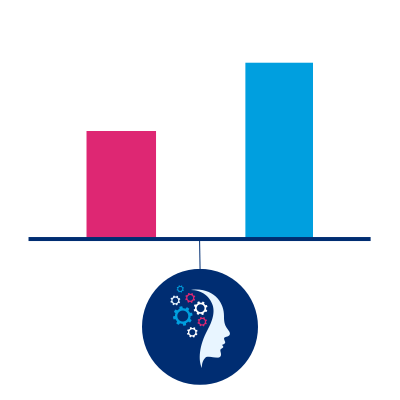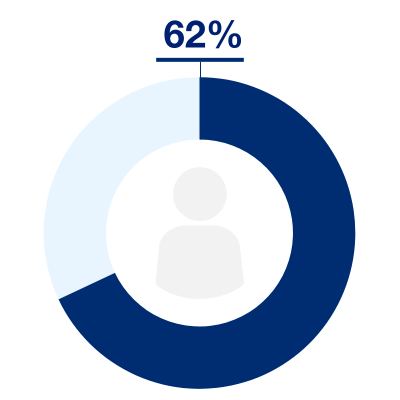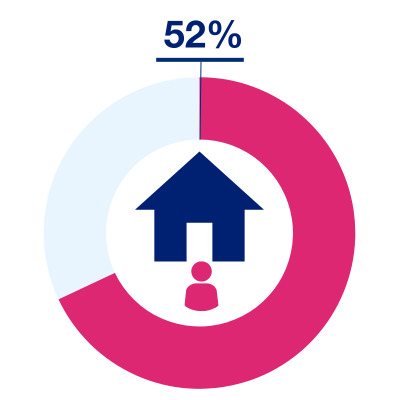Homelessness doesn’t just mean rough sleeping, it refers to anyone who doesn’t have a safe and secure place to live.
In the fifth of our Spotlight series, in 2018 we focussed on homeless victims and survivors of domestic abuse, and the cycle of homelessness and abuse that can often develop. We looked at the additional risks they face and the difficulties they have in accessing support.
About SafeLives’ Spotlights series
Our 2016–2019 Spotlights series shone a light on hidden victims of domestic abuse. We explored the experiences of victim groups who face additional barriers to accessing support, and can feel ‘hidden’ from services. Discover insight from survivors, practitioners, academics and other experts, alongside our own research and data.
Tee Falcone, survivor and ambassador for the Woman's Trust and St Mungo'sEscaping a perpetrator of domestic violence can take months of precision planning, like an army exercise. Imagine making your escape, only to find yourself homeless. You have left behind your entire home, your belongings and a part of yourself.

